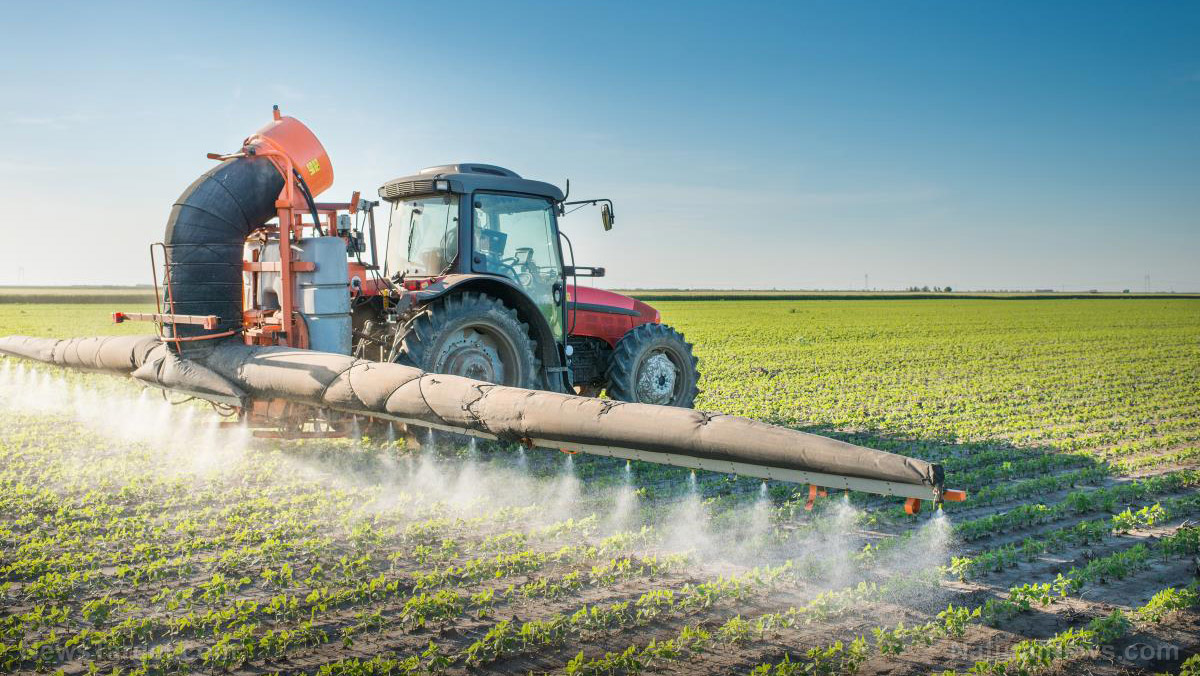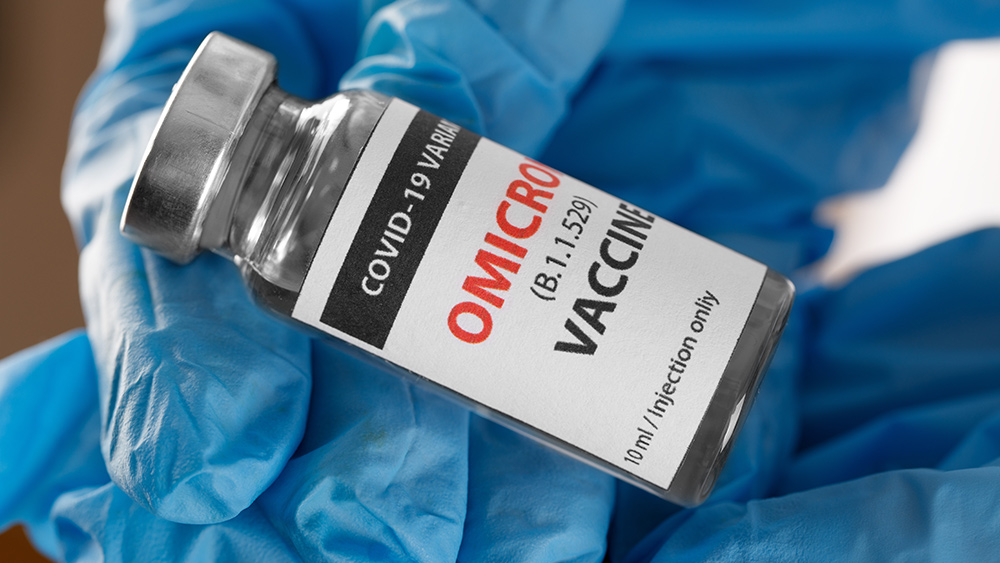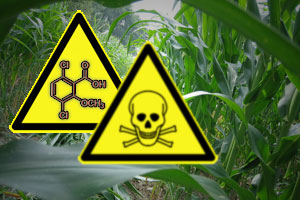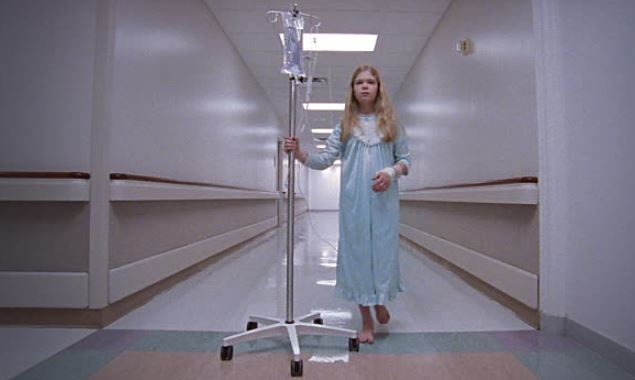Big Ag pollution tied to pediatric cancers and birth defects
02/15/2024 / By Olivia Cook

Major agricultural corporations in the United States are being blamed for pollution tied to the rise of pediatric cancers and birth defects in the country.
From fertilizer run-off to pesticide leaching and methane emissions, pollution from large-scale agriculture Big Ag takes a heavy toll on both the natural systems of the environment and human health.
A growing body of literature and epidemiological studies have been indicating an increased risk of birth defects and childhood cancer from pesticides and other toxic run-off from big agriculture operations.
A review published in the journal Current Environmental Health Reports noted that the “weed killer” atrazine and nitrate-based fertilizers are two of the most commonly detected agricultural compounds in drinking and groundwater or surface water.
According to researchers, several control studies published since 2000 indicated that pregnant women exposed to higher concentrations of nitrate in drinking water were more likely to give birth to babies with limb deficiencies, neural tube defects (malformations of the spinal cord) and oral clefts.
They have also associated widely used herbicide atrazine with abdominal defects, gastroschisis – where a hole in the belly wall beside the belly button allows the baby’s intestines to extend outside of the baby’s body – and other birth anomalies. (Related: Glyphosate herbicide may be altering children’s genetics and causing BIRTH DEFECTS.)
Agricultural chemicals causing cancers in children and adults
In June 2022, environmental epidemiologist Naveen Joseph at Radford University, Idaho Water Resources Research Institute Director Prof. Alan Kolok and their colleagues at the Northern Arizona University found a correlation between agricultural chemicals and cancer in adults and children in Idaho and throughout 11 contiguous states in the western U.S. – from Montana south to New Mexico and west to the coast.
Thanks to your generous support, we are building the infrastructure of human freedom and actively donating our technology to independent publishers, authors and home schooling organizations. Learn about our game-changing non-commercial AI project here. Support our ongoing efforts to preserve and enhance human knowledge by shopping at HealthRangerStore.com.
Metam-sodium, an agricultural pesticide primarily used to control fungi, nematodes, soil insects, weeds and weed seeds, was the most predominant fumigant used in the Western states that produce food, such as fruits and vegetables, as opposed to other states that used mostly herbicides in the production of grains, such as corn and wheat.
Idaho’s 44 counties, as well as 459 counties throughout the 11 neighboring U.S. westernmost states of Arizona, California, Colorado, Idaho, Montana, Nevada, New Mexico, Oregon, Utah, Washington and Wyoming, were included in two studies published in the peer-reviewed journal GeoHealth, entitled “Assessment of Pediatric Cancer and its Relationship to Environmental Contaminants: An Ecological Study in Idaho” and “Investigation of Relationships between the Geospatial Distribution of Cancer Incidence and Estimated Pesticide Use in the U.S. West.”
Findings of a 2022 study published in the International Journal of Hygiene and Environmental Health suggested that certain types of prenatal pesticide exposure from residing near agricultural fields play a role in the development of childhood retinoblastoma – the most common type of cancer in children that starts as a tumor in the retina (the very black part of the eye).
Researchers associated exposures to acephate (an insecticide used to control biting and sucking insects) and bromacil (an herbicide used for nonselective weed and brush control) with increased risk for unilateral retinoblastoma, or cancer in one eye.
“It is crucial to identify causes and prioritize intervention,” said University of California, Los Angeles (UCLA) Fielding School of Public Health Epidemiologist Julia Heck. She stressed that although retinoblastoma has a high survival rate in high-income countries at greater than 95 percent, children can suffer long-term effects from chemotherapy.
Visit Crops.news for more information on toxic chemicals in food.
Watch the following video about nitrate pollution in drinking water, which is linked to birth defects.
This video is from the Daily Videos channel on Brighteon.com.
More related stories:
Argentinians protest Monsanto as pesticide usage increases rates of birth defects, cancer.
Plants against cancer: Eighteen 100% natural phytochemicals that prevent and treat cancer.
Children’s bones failing to develop, adult bones deteriorating due to “forever chemicals.”
Sources include:
AGUPubs.onlineLibrary.Wiley.com 1
AGUPubs.onlineLibrary.Wiley.com 2
Submit a correction >>
Tagged Under:
agrochemicals, Big AG, Big Agriculture, Birth defects, chemicals, children's health, clean food watch, crops, Dangerous, environment, farming, harvest, infant's health, pediatric cancers, poison
This article may contain statements that reflect the opinion of the author




















